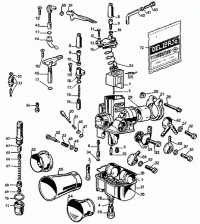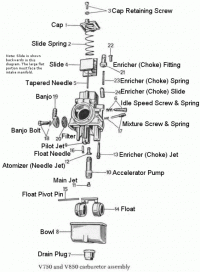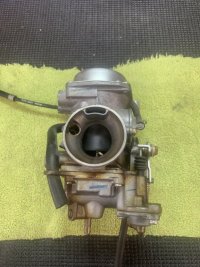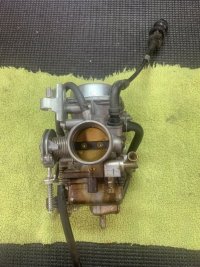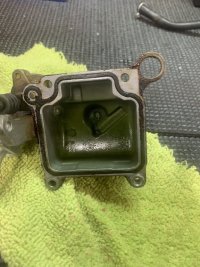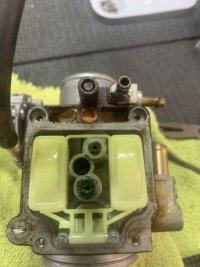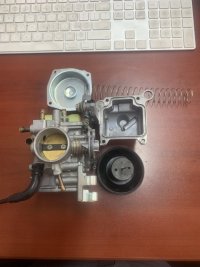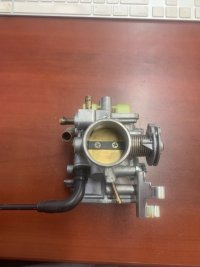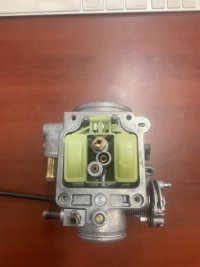JeffEldoPolice
Just got it firing!
My 74 Eldo Police runs a little squirrely after I cleaned both VHB carbs and replaced all the gaskets. I did the initial adjustments with the idle speed screws and the mixture screws and It starts right up but doesn't feel like it has a lot of power at first. I get it out on the freeway and as the RPMs wrap out through the gears, it feels like it's sputtering for a moment then it gets really aggressive and feels great. My gut tells me the mixture is too rich because as the engine gains RPMs (requires more fuel) it seems to run better. Nobody really works on these old machines so I am hoping this forum allows me to tap into some Guzzi Guru knowledge.

